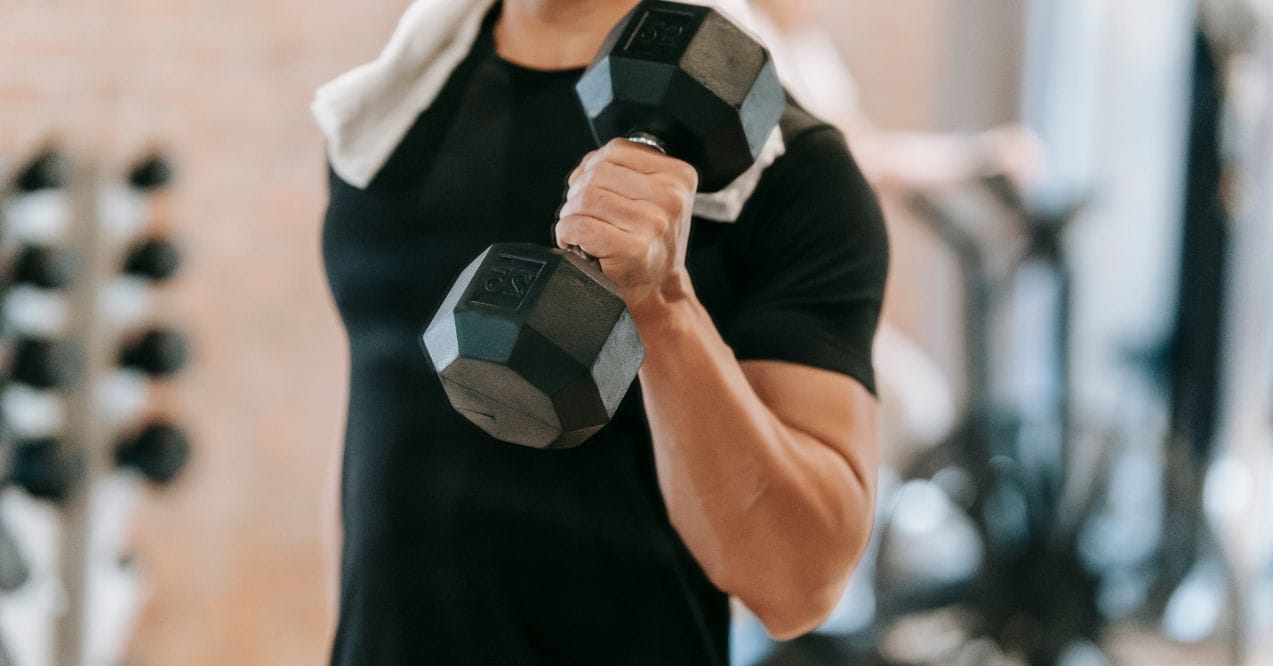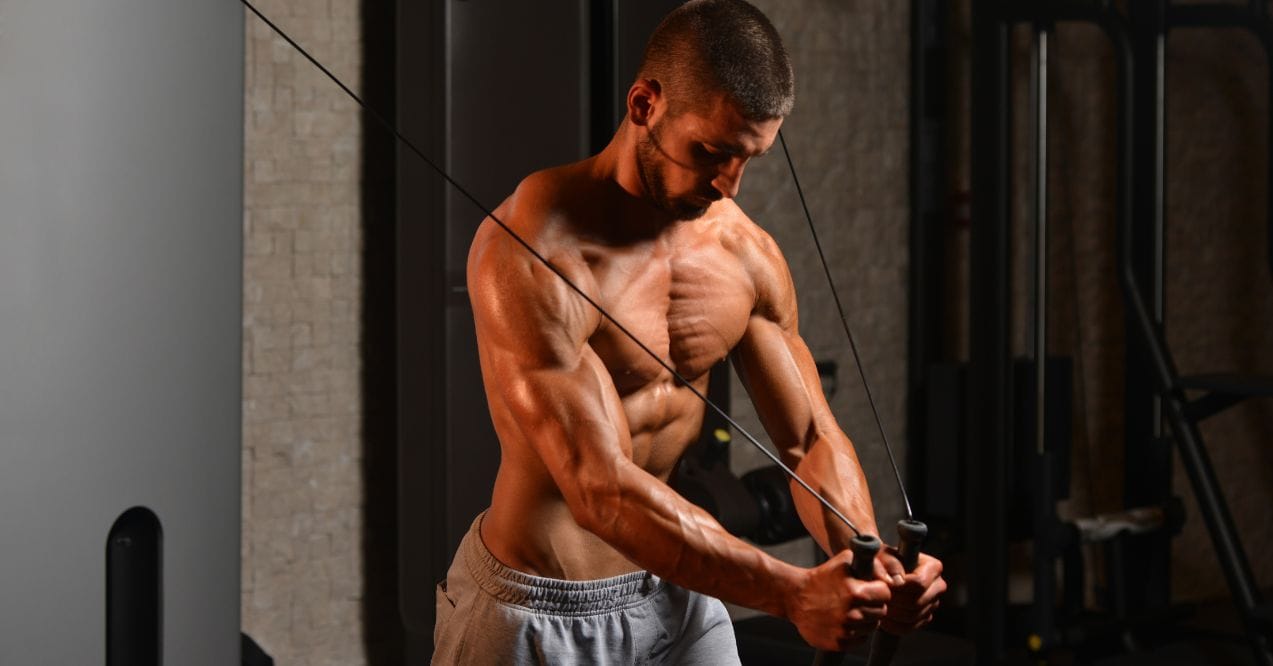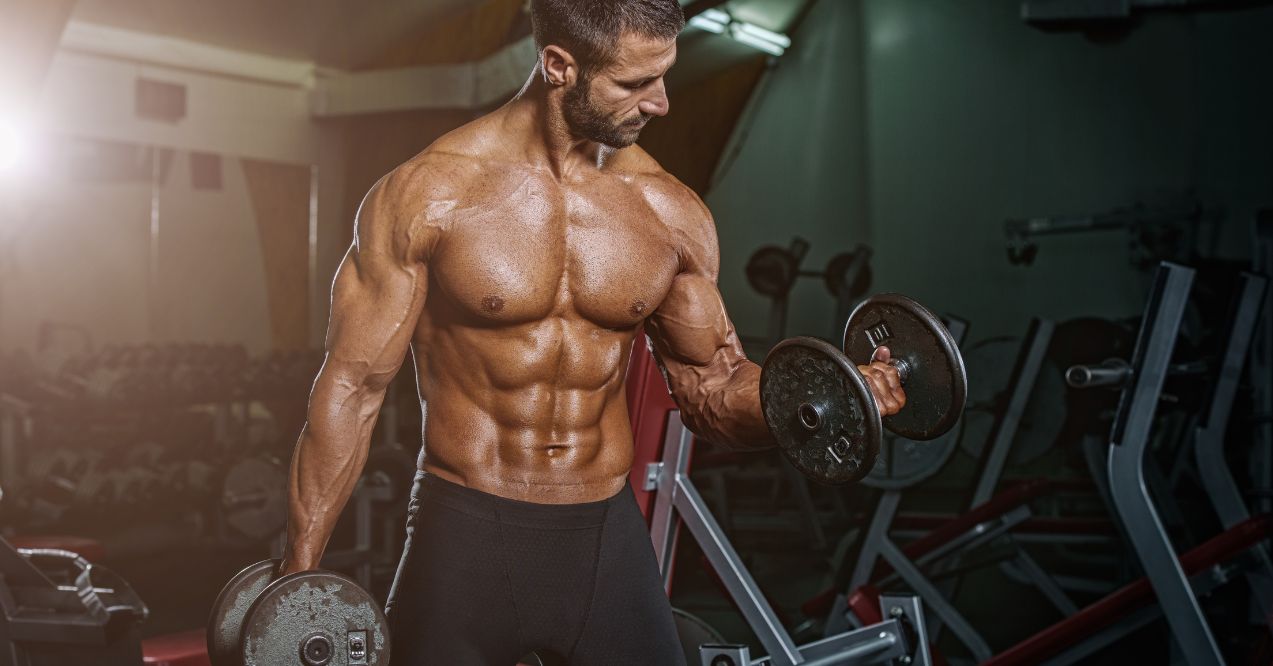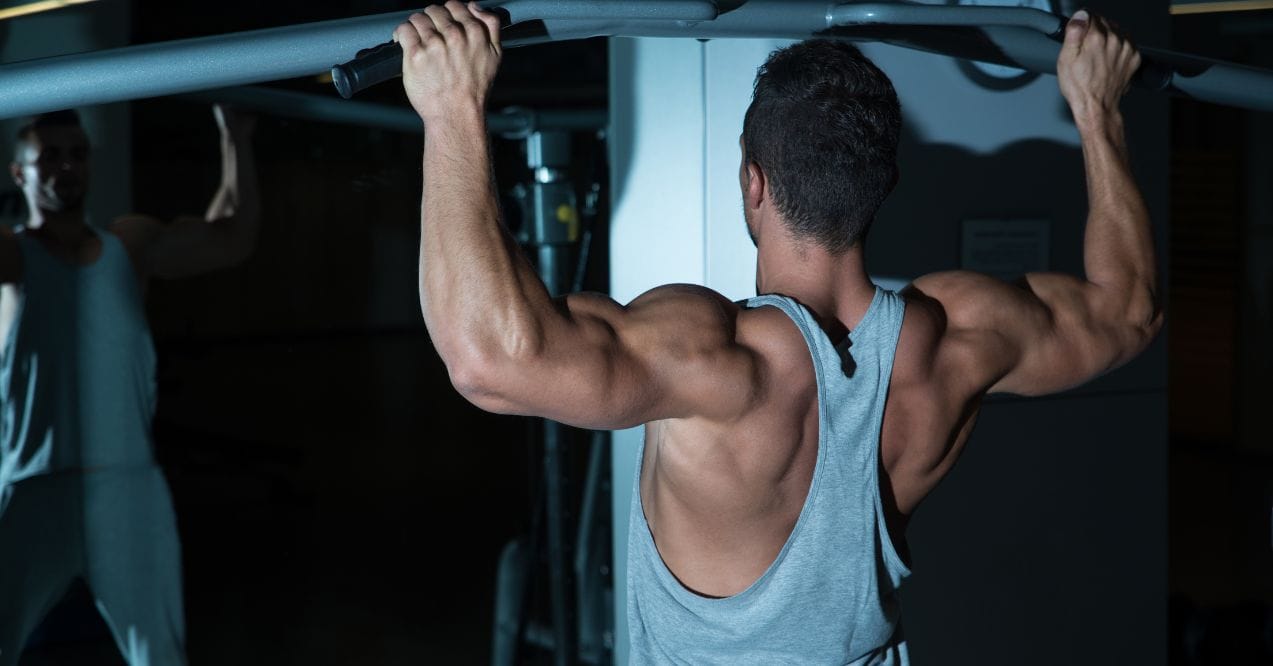Ditch the barbell: This Kettlebell Chest Workout Could Be All You Need
A kettlebell chest workout can transform how you train one of the most popular muscle groups. Whether you’re working out at home with limited equipment or looking to add variety to your gym routine, kettlebells offer unique advantages for chest development.
The offset weight distribution and versatile gripping options make kettlebells perfect for building both size and functional strength in your pectoral muscles. Though often overlooked for chest training, these cannonball-shaped weights provide constant tension throughout movements, making them incredibly effective for muscle growth.

Understanding the chest muscles
The chest consists primarily of two muscles on each side of your body: the pectoralis major and the pectoralis minor. The pectoralis major is the larger, more visible muscle that makes up most of what we call the “chest.” It has two parts – the clavicular head (upper chest) and the sternal head (lower chest). The pectoralis minor sits underneath, helping with shoulder blade movement.
When you perform a kettlebell chest workout, you’re targeting these muscles in ways that may differ from traditional barbell work. The uneven weight distribution of kettlebells creates more instability, forcing your stabilizing muscles to work harder. This leads to greater muscle engagement and potentially more growth.
The chest muscles primarily push things away from your body and bring your arms toward the midline. These movements form the foundation of effective chest training. By using kettlebells, you can target these functions from multiple angles, creating a well-rounded development of both the upper and lower portions of your chest.
For those looking to combine kettlebell training with other methods, check out our 5 Day Hybrid Training Program for Beginners for a structured approach that integrates various training styles.
Kettlebell chest workout for strength and size
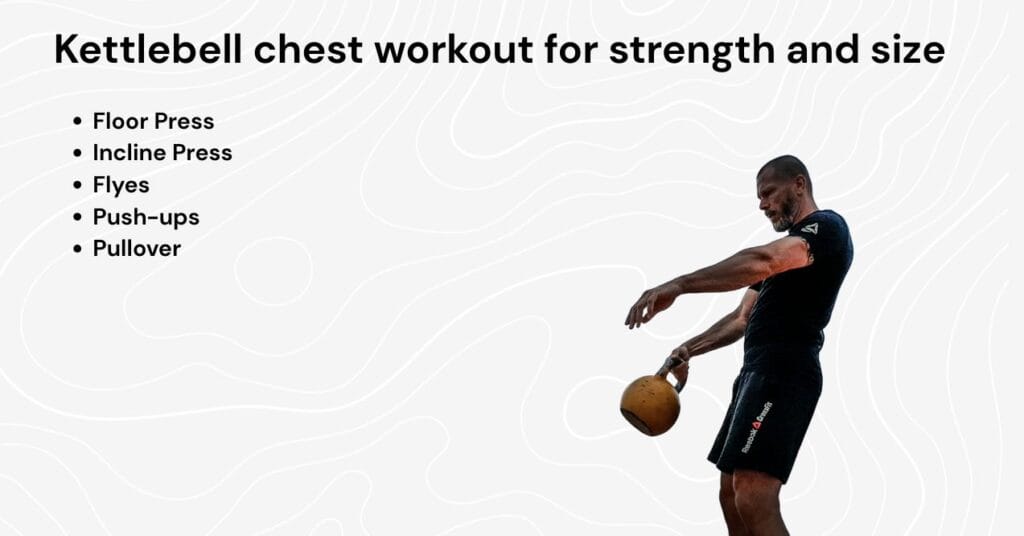
This kettlebell chest routine features five key exercises that target all areas of your chest from multiple angles. Each movement has been selected to maximize muscle activation without the need for a bench or other equipment.
Whether your goal is building strength or adding size, these kettlebell pec exercises provide the stimulus needed for growth when performed correctly. For even more variety, you might want to combine these moves with some of the classic exercises in our Chest and Tricep Workout for a complete upper body training approach.
Kettlebell floor press
The kettlebell floor press is a foundational pectoral kettlebell exercise that targets your chest, shoulders, and triceps.
To perform:
- Lie on your back with your knees bent and feet flat on the floor
- Hold kettlebells at the sides of your chest with your palms facing forward
- Press the kettlebells up until your arms are fully extended
- Lower back down until your upper arms touch the floor
- Repeat for desired reps
The floor press limits your range of motion, reducing shoulder strain while still effectively targeting the chest. For variety, try alternating arms or using a single heavier kettlebell. This exercise works the middle and upper portions of your chest and can be easier on the shoulders than traditional bench pressing.
Kettlebell incline press
The kettlebell incline press shifts focus to your upper chest by changing the angle of movement.
To perform:
- Sit on the floor with your knees bent and feet flat
- Hold kettlebells at shoulder height with palms facing forward
- Lean back at a 45-degree angle (use a wall or cushion for support if needed)
- Press the kettlebells up and slightly forward
- Lower back to starting position and repeat
This exercise emphasizes the clavicular head of your pec major. The unstable nature of kettlebells adds an extra challenge compared to dumbbell variations. If you’re looking to develop a more defined upper chest, this movement should be a staple in your kettlebell chest workout.
Kettlebell flyes
The kettlebell fly isolates the chest muscles by removing much of the triceps involvement found in pressing movements.
To perform:
- Lie on your back with knees bent
- Hold kettlebells directly above your chest with a slight bend in your elbows
- Lower the kettlebells out to the sides in a wide arc
- Maintain the same elbow bend throughout the movement
- Use your chest to bring the kettlebells back to the starting position
The kettlebell fly creates maximum tension across the pecs, especially at the stretched position. Keep the movement controlled and avoid going too deep, which can strain the shoulders. This exercise helps create that full, rounded look to the chest when performed regularly with proper form.
Kettlebell push-ups
Kettlebell push-ups add range of motion and instability to a classic movement, increasing the challenge for your chest.
To perform:
- Place two kettlebells shoulder-width apart with handles facing each other
- Grasp the handles and set up in a push-up position
- Lower your body between the kettlebells, going deeper than a regular push-up
- Press back up to the starting position
- Keep your core tight throughout the movement
The increased depth develops the lower chest effectively. For variety, try close-grip push-ups with one kettlebell, or offset push-ups with one hand on a kettlebell and one on the floor. These variations create different stimulus for continued growth of your chest muscles.
Kettlebell pullover
The kettlebell pullover is a unique movement that targets the chest, lats, and serratus muscles.
To perform:
- Lie on your back with knees bent and feet flat
- Hold one kettlebell with both hands at arm’s length above your chest
- Slowly lower the kettlebell behind your head while keeping elbows slightly bent
- Feel the stretch in your chest and lats
- Use your chest to pull the weight back to the starting position
This exercise creates a deep stretch in the chest fibers and helps develop the connection between your chest and back. The kettlebell version provides unique benefits because of the weight distribution. Start light and focus on control rather than heavy weight when beginning this movement.
Benefits of training chest with kettlebells

Training your chest with kettlebells provides unique advantages that barbells and machines simply can’t match. Here are the key benefits you’ll experience:
Enhanced Muscle Activation – The offset center of gravity requires constant stabilization, engaging more muscle fibers throughout each movement. This may lead to greater overall chest development and functional strength that transfers to daily activities.
Increased Range of Motion – Kettlebells allow for greater movement freedom in chest exercises. This increased range means more muscle fibers are stretched under load—particularly useful if you’re focused on building lean, functional muscle rather than just bulk. Our guide on Lean Muscle vs Bulk explores this distinction further.
Improved Shoulder Health – Many people experience better shoulder comfort when switching to kettlebells. The natural movement patterns and ability to rotate your wrists during exercises may reduce the impingement issues that sometimes occur with barbell pressing.
Greater Grip Strength – The thick handles and need to stabilize the kettlebell works your forearms and hands significantly more than fixed-path machines or even barbells. This translates to better overall upper body strength and control.
Common mistakes to avoid
When performing a kettlebell chest workout, watch out for these common mistakes that can limit your results:
Using Weights That Are Too Heavy – Many beginners select kettlebells that are too heavy, compromising their form and range of motion. Start lighter than you think you need and focus on perfect execution before gradually increasing the weight.
Incorrect Wrist Position – Your wrists should remain straight, not bent backward, during pressing movements. The kettlebell should rest against your forearm in the rack position for presses, not putting pressure directly on your wrist joint.
Cutting Range of Motion Short – While kettlebells allow for greater depth in chest exercises, some people still don’t use their full range. Control the weight through the complete movement for maximum benefit, especially at the stretched position where much of the growth stimulus occurs.
Improper Breathing – Many lifters breathe incorrectly during kettlebell exercises. Breathe out during the effort (pushing phase) and in during the easier part (lowering phase). This bracing pattern provides stability and power throughout each repetition.
Lack of Variety – Your muscles adapt quickly to the same stimulus. Many lifters stick with the same kettlebell chest routine for too long. Regularly change angles, grips, and tempos to continue making progress and avoid plateaus.
Supporting your kettlebell training with proper nutrition
While equipment and technique are crucial components of an effective workout plan, nutrition plays an equally important role in supporting your training efforts. After an intense kettlebell chest workout, your body may benefit from quality protein and other nutrients.
This is where Trumeta’s Bone Broth Protein might be a valuable addition to your nutrition plan. Each serving provides 20g of protein that may support your body’s natural recovery processes after exercise.
What makes Bone Broth Protein different is its amino acid profile, including glycine, proline, and arginine, which are less abundant in many other protein sources. These amino acids are involved in supporting connective tissue, which plays a role in joint comfort during training.
Consider mixing a scoop with water after your kettlebell chest routine, or adding it to a post-workout smoothie with fruits and vegetables. Many athletes also include Trumeta Creatine in their supplement regimen, as creatine is one of the most researched sports nutrition ingredients available today.
Conclusion
A well-designed kettlebell chest workout offers a powerful alternative to traditional barbell and machine training. The unique properties of kettlebells create different stimulus patterns that may lead to new growth and functional strength gains. By incorporating the five key exercises outlined above—floor press, incline press, flyes, push-ups, and pullovers—you’ll target all areas of your chest effectively.
Kettlebells provide versatility that few other training tools can match, allowing you to train anywhere with minimal equipment. Whether you’re an experienced lifter looking for new challenges or a beginner starting your fitness journey, kettlebell training for the chest deserves a place in your routine.
Yes, kettlebells effectively target all chest muscle fibers. Their unique weight distribution creates different activation patterns compared to barbells, potentially stimulating new growth and improving functional strength in your chest muscles.
Absolutely. With progressive overload and proper nutrition, kettlebells can build significant chest size. The key is gradually increasing weight, volume, or exercise difficulty to continue challenging your muscles over time.
Most people see optimal results training chest with kettlebells 2-3 times weekly. Allow 48-72 hours between sessions for recovery. Beginners might start with once weekly, while advanced lifters might handle more frequent training.
Advertisement. This site offers health, wellness, fitness and nutritional information and is designed for educational purposes only. You should not rely on this information as a substitute for, nor does it replace, professional medical advice, diagnosis, or treatment. If you have any concerns or questions about your health, you should always consult with a physician or other health-care professional. Do not disregard, avoid or delay obtaining medical or health related advice from your health-care professional because of something you may have read on this site. The use of any information provided on this site is solely at your own risk.


